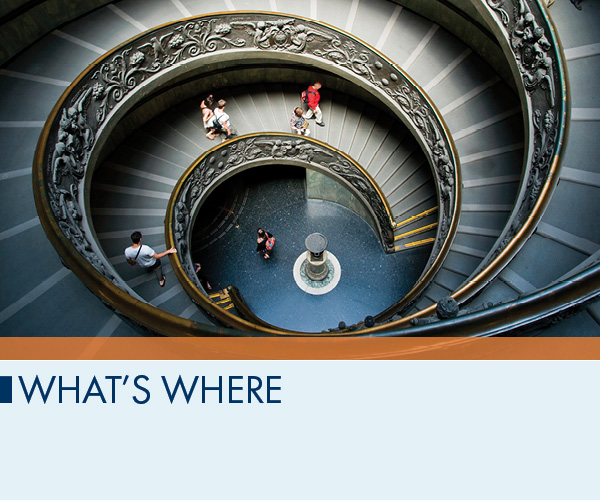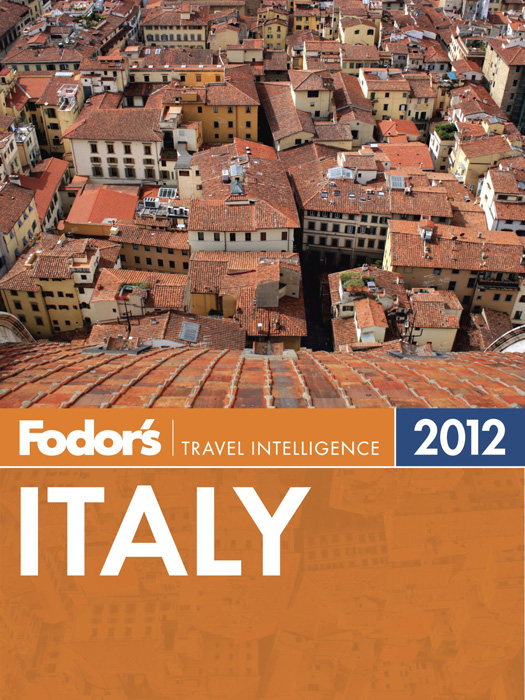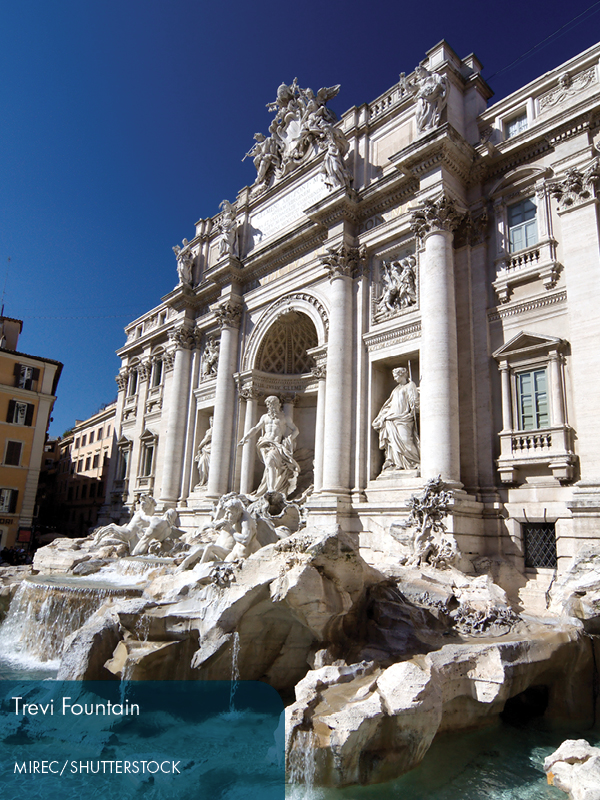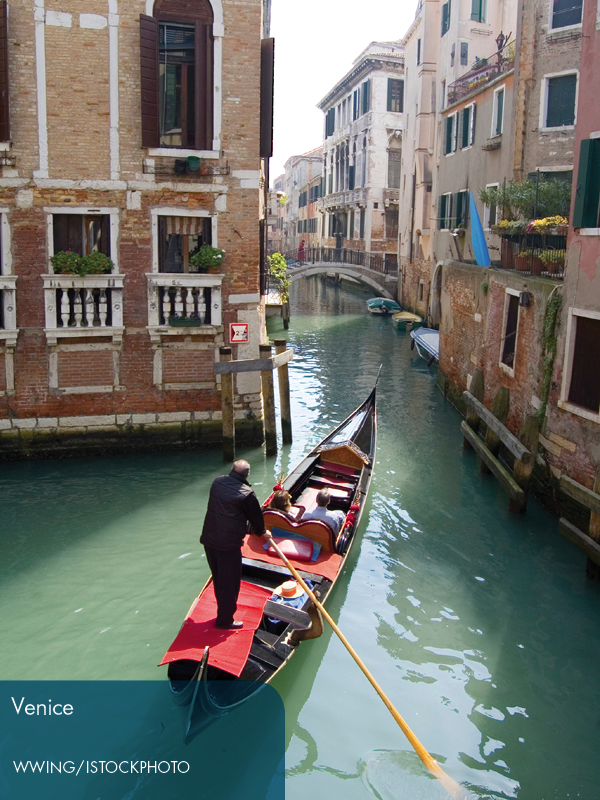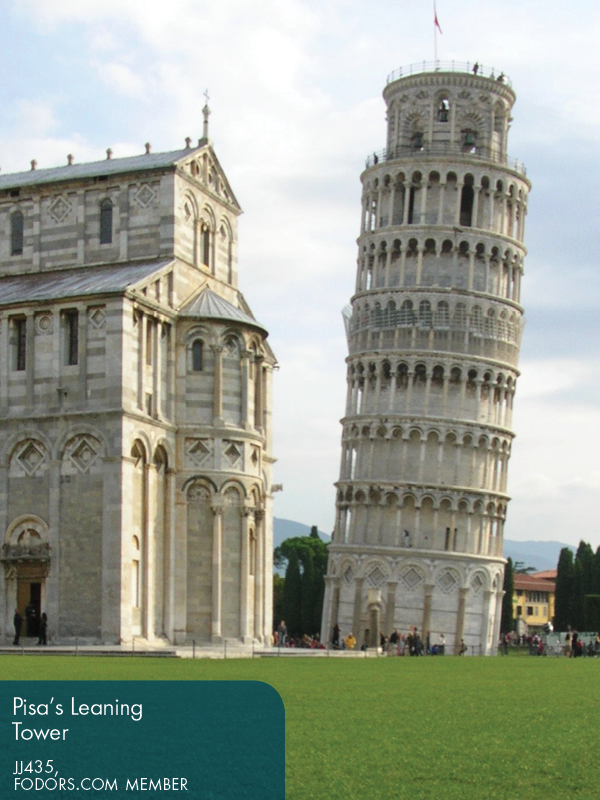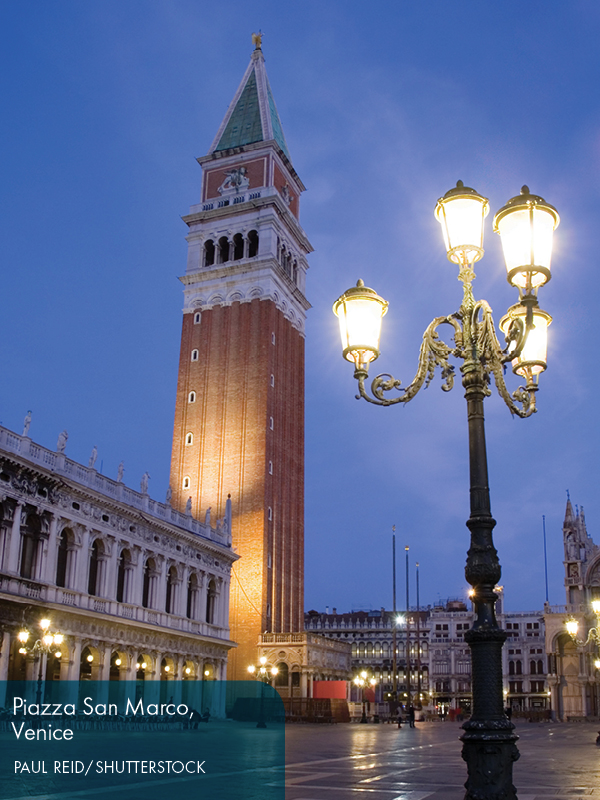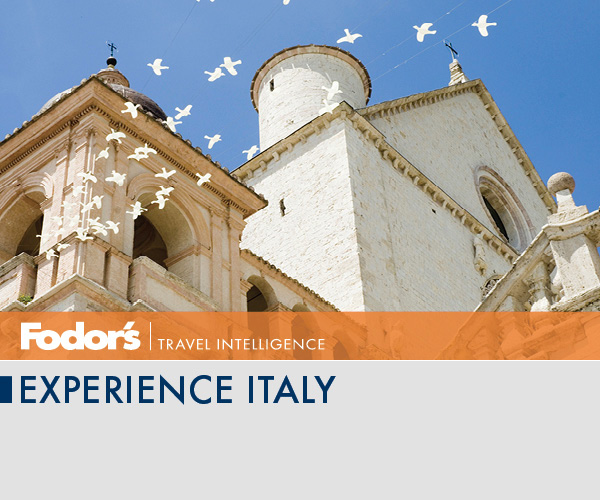
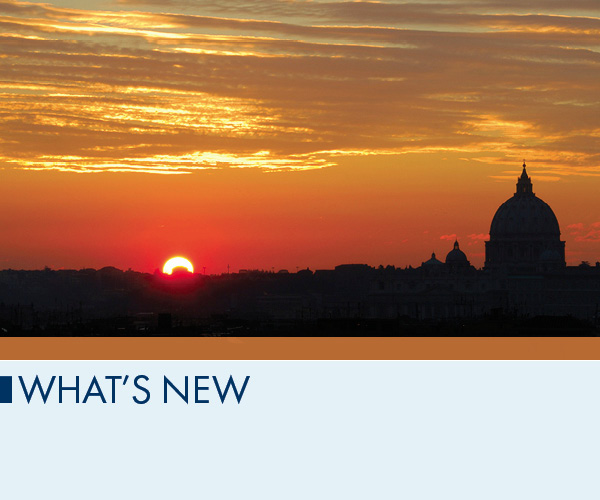
Change comes slowly in the Bel Paese . Theres a certain romance to the idea that the historical centers of Rome or Florence would be easily recognizable to residents 350 years ago.
Tiny cars and whining scooters in Italian cities and towns maneuver narrow cobblestone streets designed for horses and carriages; many restaurants rely on well-practiced classic dishes that havent changed for decades; and some of the worlds most magnificent classical architecture demands to be contemplated and studied rather than admired from the window of a passing vehicle.
But that timeless quality is matched by other aspects of Italian culture that are thoroughly modern. A proud G-8 nation and a founding member of the European Union, Italy is active on the international stage and modernizing its economy in an increasingly global marketplace. Status symbols like the newest car, most advanced smart phone, and latest designer threads abound. In numerous ways the country is indeed changingbut perhaps the change is slower than one mightexpect from a European country.
Train Upgrades
Some two decades after plans for a high-speed train network in Italy were first unveiled, and after more than 30 billion in expenditures, trains are moving faster.
Thanks to the new Alta Velocit lines, which can reach top speeds of more than 185 miles per hour, what was once a 4-hour train ride between Rome and Milan can now be made in less than three hours. Rome to Florence now takes just over 90 minutes, Rome to Naples just over an hour, and Rome to Bari around four hours.
In 2011 new lines were set to open going farther south toward Reggio Calabria and eventually into Sicily. An east-west line is in the works linking Milan to Venice and Trieste.
The government is banking on the high-speed trains not only to link far-flung parts of the country more closely, but also to improve the environment by providing a more energy-efficient alternative to domestic air travel. For travelers from abroad, the faster service means its easier to see more of Italy on a single trip.
Growing Immigration Conflicts
Over the past decades, as immigration to Italy from the Balkans, Eastern Europe, Africa, Asia, and the subcontinent have increased, so too has tension between Italy and its immigrant communities. Prominent political parties like the Lega Nord promote policies and expound rhetoric that are aimed at scapegoating Italys foreign residents (both legal and illegal) for damaging the countrys fragile economy and national character.
Further conflict seemed inevitable in 2011 as boatloads of immigrants arrived in southern Italy from war-torn North African nations. For years, Italys deals with foreign governments kept immigrants out, but as these governments faltered and collapsed, the arrival of refugees skyrocketed, sparking protests and outrage in the cities of their arrival.
Old vs. New
For a country with a history and art tradition as rich and varied as Italys, perhaps it shouldnt come as a surprise that when the present rubs up against the past, sparks can flyoften in a good way.
This is true in many fields, ranging from architecture to art and from cuisine to popular culture. In big cities and small towns alike, modern art installations find homes in ancient, medieval, Renaissance and baroque venues. Sleek, contemporary bars populate historical centers and restaurants update their look by hiring renowned architects. Perhaps only the food struggles to catch up, as tradition continues to win out over innovation in the kitchen.
The most high-profile example of this phenomenon of modernity dates from 2010, when the MAXXI the first museum of twenty-first century art in Romeopened north of the city center. The steel-and-concrete structure from Pritzker Prizewinning architect Zaha Hadid is a fascinating structure of volumes and curves that is perfectly integrated into its urban surroundings. Though immediately lauded for its beauty and innovation, it remains a rich topic for conversationand debate.
Film Festivals
At its peak, the Italian film industry was among the most respected in the world. Italy has still won more Oscars for foreign-language films than any other country, and the impact that renowned Italian maestros like Fellini, Rossellini, Antonioni, and De Sica have had on the film industry would be hard to overstate.
Notwithstanding occasional gems, Italys present-day film industry falls short of its heyday. But when it comes to film festivals, Italy is moving stronger than ever.
The Venice Film Festival, started in 1932, is the oldest such festival in the world, and has long been known for its innovative lineup, as well as more than its fair share of glitz and glamour. Since its origin in 2006, the plucky Rome International Film Festival has made a place for itself, while more established events such as the Taormina Film Festival in Sicily and northern Italys Turin Film Festival have grown in international importance.
All told, its believed that Italy now has more film festivals than any other country.
Religion
Rome is still the spiritual home of the worlds 1.1 billion Catholics, but church attendance in Italy has been eroding since the 1950s, and today fewer than one in five Italians attends church regularly.
Nonetheless, religion maintains a powerful hold on Italian culture, with the Church regularly weighing in on political and social issues. Churches themselves remain a centerpiece of almost every Italian town, with the church on the main square the de facto meeting place for locals.
While church attendance slips, religion remains a hot topic in Italy as citizens react to increasing immigration from North Africa, Eastern Europe, Asia, the Middle East, and elsewhere. Today there are more different religions in Italy than at any point since Roman timeswith Muslims, Protestants, Buddhists, Christian Orthodox, Jews, Scientologists, and Mormons all present. All told, slightly more than one in ten Italian residents is non-Catholic.
